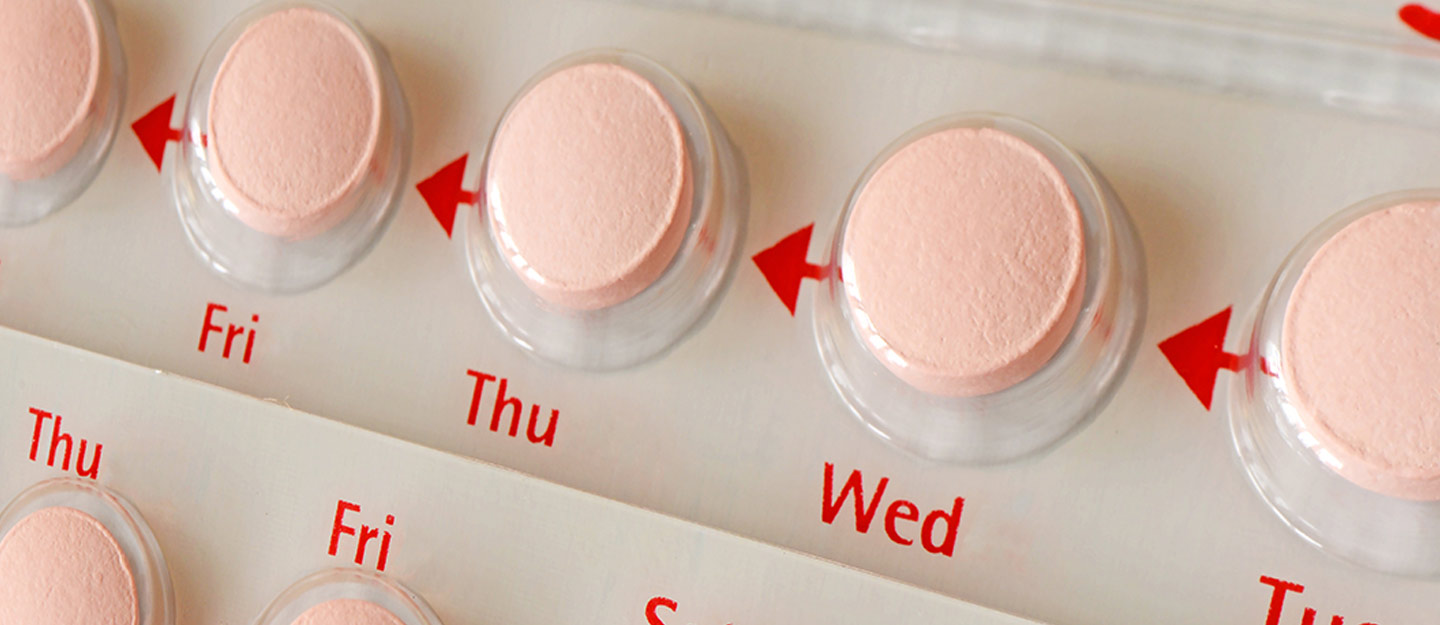There are many ways that couples choose to control pregnancy spacing, or time between giving birth to one baby then having another.
The first step is making an appointment with your health care provider to get a new assessment on your overall health after pregnancy and early motherhood. Your body will have changed so this is an important first step. Your health care provider can give you correct information and help you figure out which form of birth control best matches your values as a couple, health needs and future plans.
Breastfeeding and Birth Control
If you are breastfeeding, discuss with your provider how hormonal birth control options, like the pill, can interfere with milk production. You may have heard that breastfeeding is its own type of birth control, as breastfeeding can delay the return of routine ovulation. While breastfeeding can delay the return of ovulation, it is not 100% reliable. Ovulation can occur in breastfeeding moms before her first period after birth. Women who are breastfeeding can still become pregnant. If you’re not ready for another baby, you’ll need to have a more reliable method of preventing pregnancy.
Weighing Your Options
Consider some of the following questions and options before your appointment. Your answers can help you and your doctor determine which birth control method is best for you.
- Know about your future family plans. Are you thinking of more kids? Sooner or later? This can also help determine the right type of birth control.
- How often do you want to take it or remember to use it? Birth control pills are safe and common but must be remembered every day. Also, as the pill contains hormones, it is best to consult with your doctor about your lifestyle choices. If you smoke, the pill is generally not advised. As noted above, birth control pills may affect milk production if you are breastfeeding.
- Other birth control options involve insertion or a shot. These options include long-term benefits and are very effective. Since they are left in for periods of time, these may be a good option if you don’t want to have to worry about taking a pill every day.
- For non-hormonal options, consider asking your doctor about barrier methods like a diaphragm, cervical cap or condoms, which are available for both men and women.
- Natural family planning (NFP) is a form of pregnancy planning that does not involve hormones, medicine or devices. NFP involves tracking a woman’s bodily changes throughout her menstrual cycle to predict and identify times of fertility. NFP can be used to plan sexual intercourse, whether you are trying to prevent – or achieve – pregnancy. This method can be complicated and time-consuming but it often appeals to those who are looking for a hormone-free option or a method that is compatible with religious beliefs. (https://familydoctor.org/natural-family-planning/)
- Surgical Options also exist for permanent birth control for men and women but this is a big decision and should be made between a woman, her partner and their health care providers.
Consider all your options and preferences before your appointment. You can even identify which method or methods fit best with your plans and needs. Your health care provider can discuss the pluses and minuses of your choice to reach a final decision.
There are more options than ever before for safe and effective birth control, which can take away any worry and keep you focused on enjoying your new baby.





